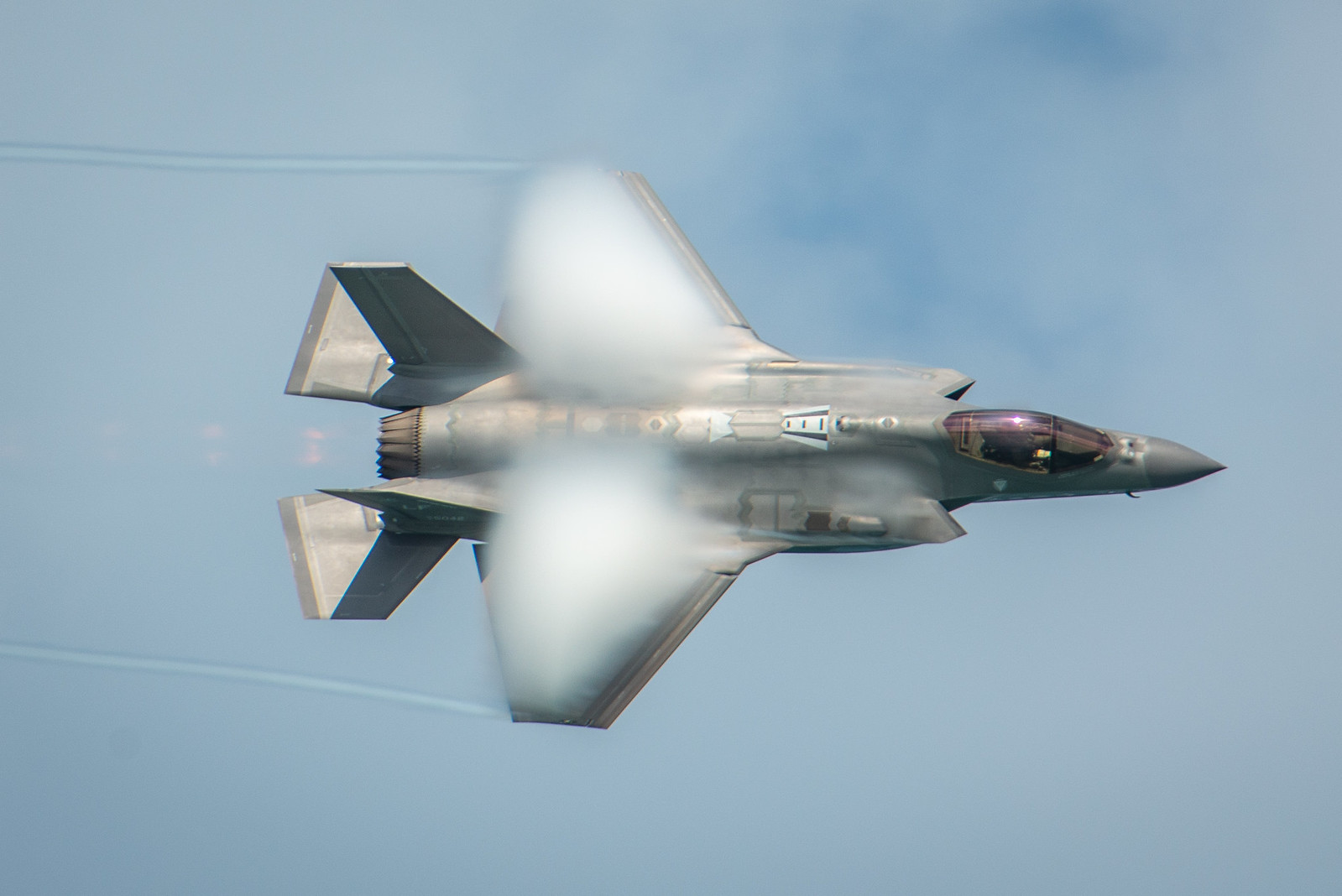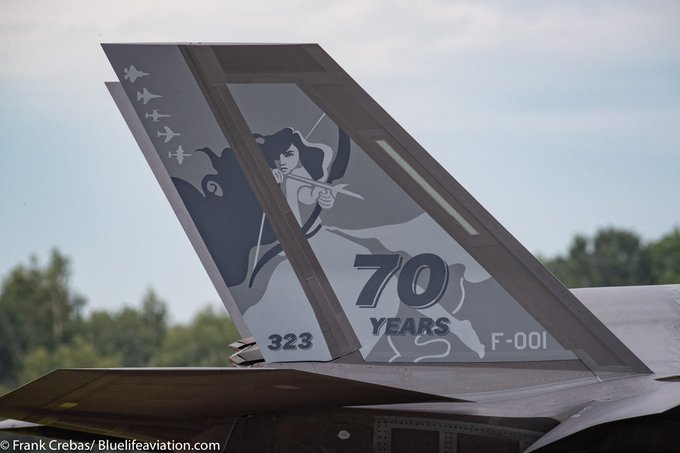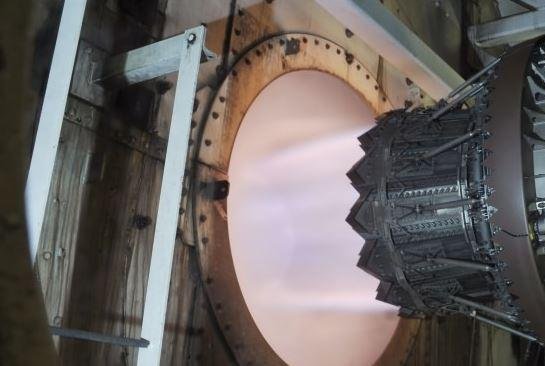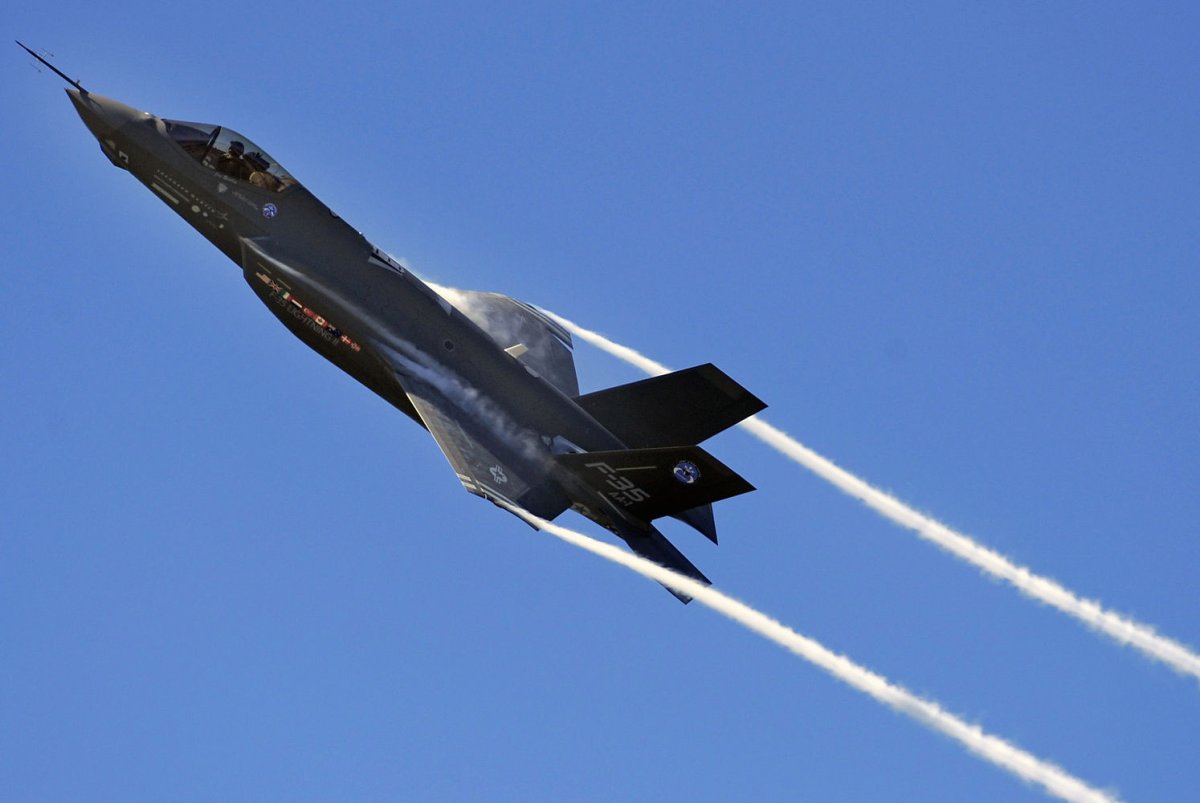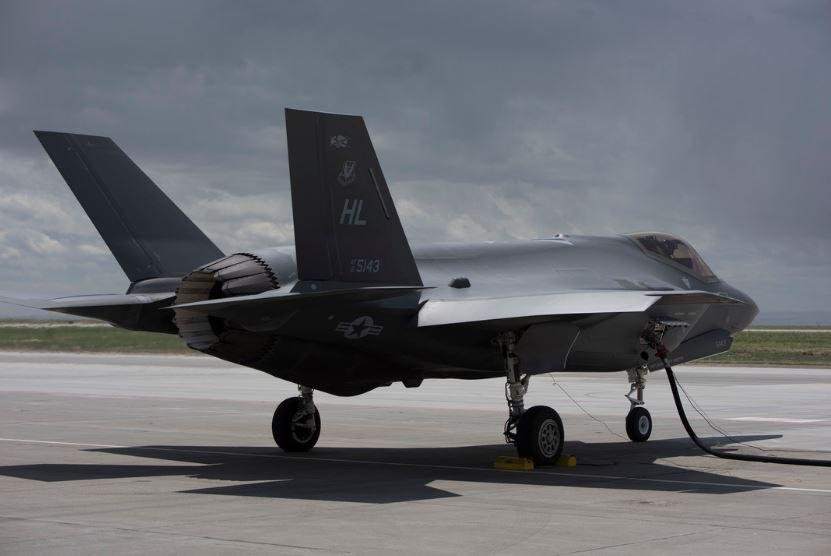Is This F-35 Flaw Even Fixable?
Lots of questions.
by Sebastien Roblin
June 23, 2019
View attachment 8406
Furthermore, the GAO reports claims that although the Pentagon spent $2 billion on F-35 parts since 2016 (including $960 million in 2018 alone), it has no unified accountability as to what that money was spent on, how many parts were acquired, and where those parts are currently located. Only a single program official had been dedicated to parts accounting, and December 2018 a spare parts database had yet to be populated with any data.
On April 9, the first F-35A Lightning stealth jet built in Japan mysteriously vanished while flying a training mission over the Pacific Ocean. It’s veteran pilot, who had sixty hours of experience specifically on the F-35, only indicated he was aborting mission before falling entirely out of contact.
American and Japanese ships and research submarines combed the seas for a month, hoping to recover the wreckage before it fell into the hands of Russia and China. The U.S. Navy alone deployed a destroyer, two P-8 patrol planes and even a U-2 spy plane. Eventually, debris from the aircraft was found including a flight recorder which apparently was “missing its memory.” Finally, in May, the Navy called off the search, but Japanese ships are continuing the search in hoping of recovering the pilot’s remains.
The cause of the Japanese F-35 crash remains mysterious, but it was subsequently revealed that five of the thirteen F-35As in Japanese service (all but one of which was also built in Japan) reportedly had to make emergency landings on seven occasions prior to the crash. While one landing was caused by a false error report, Japanese Defense Minister Takeshi Waya noted the others were caused by “systems relating to fuel, hydraulics and other parts” that were immediately replaced.
The F-35 that disappeared itself had experienced earlier cooling and navigation failures. One possibility could be systematic flaws in Mitsubishi’s F-35 production line.
Another theory is that the F-35’s historically troublesome On-Board Oxygen Generating System (OBOGS) caused the pilot to pass out from hypoxia, resulting in a loss of control. An OBOGs event led to the crash of an F-22 stealth fighter in 2010, and F-35 pilots had reported at least twenty-nine cases of hypoxia by 2018.
The Lighting experienced its first hull-loss accident on September 28, 2018, when a Marine F-35B crashed in South Carolina, though the pilot successfully ejected. Two weeks later, the global F-35 fleet was grounded for several weeks until potentially faulty fuel tubes in the F135 turbofan engines on roughly half the aircraft were replaced.
The two crashes illustrate how the components of the ambitious new stealth jet still may require replacement as new potential flaws are discovered and corrected for.
Unfortunately, this process is hampered by a crippling shortage of thousands of spare parts, as described in a new report by the Government Accountability Office. The shortfall has left only half of the brand-new stealth fighters in mission-capable condition, forcing operational F-35 units to cannibalize aircraft as they wait weeks for replacement parts to be delivered.
For several years, the Pentagon has attempted to address the shortage, but according to the GAO, these incoherent measures have so far failed to keep up with the increasing pace of new airframe production.
ALIS in Wonderland
One contributing point of failure is the F-35’s ground-based Automated Logistics and Information System (ALIS), which is intended to help schedule F-35 maintenance and transmit requests for spare parts. However, it has been bedeviled by my major flaws for years.
The GAO report notes that F-35 operators “need to…perform time-consuming, manual workarounds in order to manage and track spare parts,” requiring over 45,000 hours of additional labor per year. These flaws are leading to “missing or corrupted electronic spare parts data” and the “maintenance and supply systems within ALIS not communicating with each other.”
Fixing ALIS is taking a long time because the Pentagon must fund software upgrades as if it were purchasing physical tanks or jets, with strictly segregated pools of money allocated to development, sustainment and operations, and bureaucratic authorizations required to alter even a single line of code.
The silo-ing of funds makes little sense when software upgrades can be patched extremely rapidly across the globe, and evolved concurrently to operational needs. Thus the Pentagon’s under-secretary of acquisitions is trying to get Congress to approve treating software funding differently to implement “agile development” practices, with a focus on speed and outcome rather than crude quantitative measures such as number of lines of code.
Going Global
Another problem afflicting spare part distributions is that F-35 parts are built and used by operators across Europe and Asia, but those parts are reportedly being routed through the United States instead of being deposited to depots in regional hubs. This inefficiency is resulting in overseas F-35 operators having to wait over ten days on average to receive replacement parts, with 28 percent of parts having yet to arrive after thirty days.
This will likely to lead to complaints with foreign F-35 operators further confused by clashing protocols over who gets spare parts first based on “business rules” versus operational priorities.
Eventually, a more dispersed network of regional supply depots is intended to alleviate this logistical bind, but the effort to stand up those depots with the necessary parts is reportedly three to five years behind schedule.
Furthermore, the GAO reports claims that although the Pentagon spent $2 billion on F-35 parts since 2016 (including $960 million in 2018 alone), it has no unified accountability as to what that money was spent on, how many parts were acquired, and where those parts are currently located. Only a single program official had been dedicated to parts accounting, and December 2018 a spare parts database had yet to be populated with any data.
Civilian contractors and the Pentagon have been aware of the problem for several years, but the fixes they have implemented have not kept up with the rapidly growing number of F-35s across the globe. Furthermore, the Department of Defense’s corrective measures are inconsistent with those undertaken by contractors, reflecting a lack of coordinated strategy.
Eventually, the GAO report implies the Pentagon may take a more directly managerial role in the troubled supply chain.
The F-35’s supply-chain woes seem fixable given time and a concerted strategy to build up the necessary parts reserves in regional depots, the implementation of a more efficient multi-hub distribution network and agile software upgrades, and the phasing out of early production F-35s. However, doing so may require a shift in effort from simply churning out as many airframes as possible in favor of ensuring the aircraft already delivered are available to fly more than half the time.
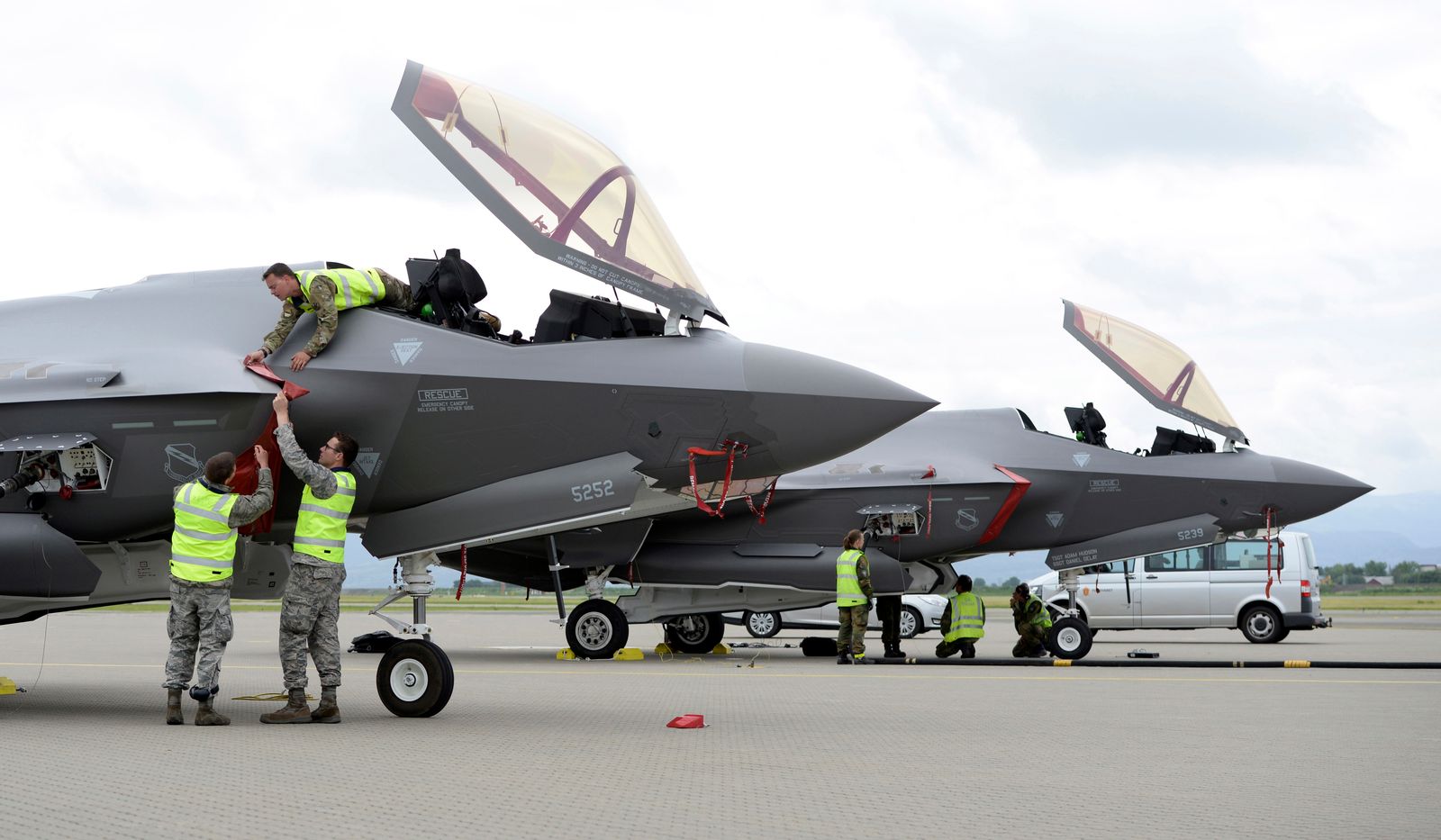
Lots of questions.
by Sebastien Roblin
June 23, 2019
View attachment 8406
Furthermore, the GAO reports claims that although the Pentagon spent $2 billion on F-35 parts since 2016 (including $960 million in 2018 alone), it has no unified accountability as to what that money was spent on, how many parts were acquired, and where those parts are currently located. Only a single program official had been dedicated to parts accounting, and December 2018 a spare parts database had yet to be populated with any data.
On April 9, the first F-35A Lightning stealth jet built in Japan mysteriously vanished while flying a training mission over the Pacific Ocean. It’s veteran pilot, who had sixty hours of experience specifically on the F-35, only indicated he was aborting mission before falling entirely out of contact.
American and Japanese ships and research submarines combed the seas for a month, hoping to recover the wreckage before it fell into the hands of Russia and China. The U.S. Navy alone deployed a destroyer, two P-8 patrol planes and even a U-2 spy plane. Eventually, debris from the aircraft was found including a flight recorder which apparently was “missing its memory.” Finally, in May, the Navy called off the search, but Japanese ships are continuing the search in hoping of recovering the pilot’s remains.
The cause of the Japanese F-35 crash remains mysterious, but it was subsequently revealed that five of the thirteen F-35As in Japanese service (all but one of which was also built in Japan) reportedly had to make emergency landings on seven occasions prior to the crash. While one landing was caused by a false error report, Japanese Defense Minister Takeshi Waya noted the others were caused by “systems relating to fuel, hydraulics and other parts” that were immediately replaced.
The F-35 that disappeared itself had experienced earlier cooling and navigation failures. One possibility could be systematic flaws in Mitsubishi’s F-35 production line.
Another theory is that the F-35’s historically troublesome On-Board Oxygen Generating System (OBOGS) caused the pilot to pass out from hypoxia, resulting in a loss of control. An OBOGs event led to the crash of an F-22 stealth fighter in 2010, and F-35 pilots had reported at least twenty-nine cases of hypoxia by 2018.
The Lighting experienced its first hull-loss accident on September 28, 2018, when a Marine F-35B crashed in South Carolina, though the pilot successfully ejected. Two weeks later, the global F-35 fleet was grounded for several weeks until potentially faulty fuel tubes in the F135 turbofan engines on roughly half the aircraft were replaced.
The two crashes illustrate how the components of the ambitious new stealth jet still may require replacement as new potential flaws are discovered and corrected for.
Unfortunately, this process is hampered by a crippling shortage of thousands of spare parts, as described in a new report by the Government Accountability Office. The shortfall has left only half of the brand-new stealth fighters in mission-capable condition, forcing operational F-35 units to cannibalize aircraft as they wait weeks for replacement parts to be delivered.
For several years, the Pentagon has attempted to address the shortage, but according to the GAO, these incoherent measures have so far failed to keep up with the increasing pace of new airframe production.
ALIS in Wonderland
One contributing point of failure is the F-35’s ground-based Automated Logistics and Information System (ALIS), which is intended to help schedule F-35 maintenance and transmit requests for spare parts. However, it has been bedeviled by my major flaws for years.
The GAO report notes that F-35 operators “need to…perform time-consuming, manual workarounds in order to manage and track spare parts,” requiring over 45,000 hours of additional labor per year. These flaws are leading to “missing or corrupted electronic spare parts data” and the “maintenance and supply systems within ALIS not communicating with each other.”
Fixing ALIS is taking a long time because the Pentagon must fund software upgrades as if it were purchasing physical tanks or jets, with strictly segregated pools of money allocated to development, sustainment and operations, and bureaucratic authorizations required to alter even a single line of code.
The silo-ing of funds makes little sense when software upgrades can be patched extremely rapidly across the globe, and evolved concurrently to operational needs. Thus the Pentagon’s under-secretary of acquisitions is trying to get Congress to approve treating software funding differently to implement “agile development” practices, with a focus on speed and outcome rather than crude quantitative measures such as number of lines of code.
Going Global
Another problem afflicting spare part distributions is that F-35 parts are built and used by operators across Europe and Asia, but those parts are reportedly being routed through the United States instead of being deposited to depots in regional hubs. This inefficiency is resulting in overseas F-35 operators having to wait over ten days on average to receive replacement parts, with 28 percent of parts having yet to arrive after thirty days.
This will likely to lead to complaints with foreign F-35 operators further confused by clashing protocols over who gets spare parts first based on “business rules” versus operational priorities.
Eventually, a more dispersed network of regional supply depots is intended to alleviate this logistical bind, but the effort to stand up those depots with the necessary parts is reportedly three to five years behind schedule.
Furthermore, the GAO reports claims that although the Pentagon spent $2 billion on F-35 parts since 2016 (including $960 million in 2018 alone), it has no unified accountability as to what that money was spent on, how many parts were acquired, and where those parts are currently located. Only a single program official had been dedicated to parts accounting, and December 2018 a spare parts database had yet to be populated with any data.
Civilian contractors and the Pentagon have been aware of the problem for several years, but the fixes they have implemented have not kept up with the rapidly growing number of F-35s across the globe. Furthermore, the Department of Defense’s corrective measures are inconsistent with those undertaken by contractors, reflecting a lack of coordinated strategy.
Eventually, the GAO report implies the Pentagon may take a more directly managerial role in the troubled supply chain.
The F-35’s supply-chain woes seem fixable given time and a concerted strategy to build up the necessary parts reserves in regional depots, the implementation of a more efficient multi-hub distribution network and agile software upgrades, and the phasing out of early production F-35s. However, doing so may require a shift in effort from simply churning out as many airframes as possible in favor of ensuring the aircraft already delivered are available to fly more than half the time.


